Ardhanari
Lemon Ginger Gender Bender.
10 Hindu Goddesses, 10 recipes. The recipes may or may not be South Asian in type of cuisine, and they may or may not be made with climate change in mind.
If — and only if — you enjoy this newsletter after finishing, consider giving it a ❤️ at the end! The internet rules our lives, so you know why.
Ardhanarishvara defies silly conventions like “god” and “goddess.”
They are a goddess-god, a being who absorbs and reflects the divinest of couples, Shiva and Parvati. Depictions of them are often like a black-and-white cookie, half Shiva, half Parvati, half male, half female. An artistic choice to show the halves of Shiva and Parvati clearly.
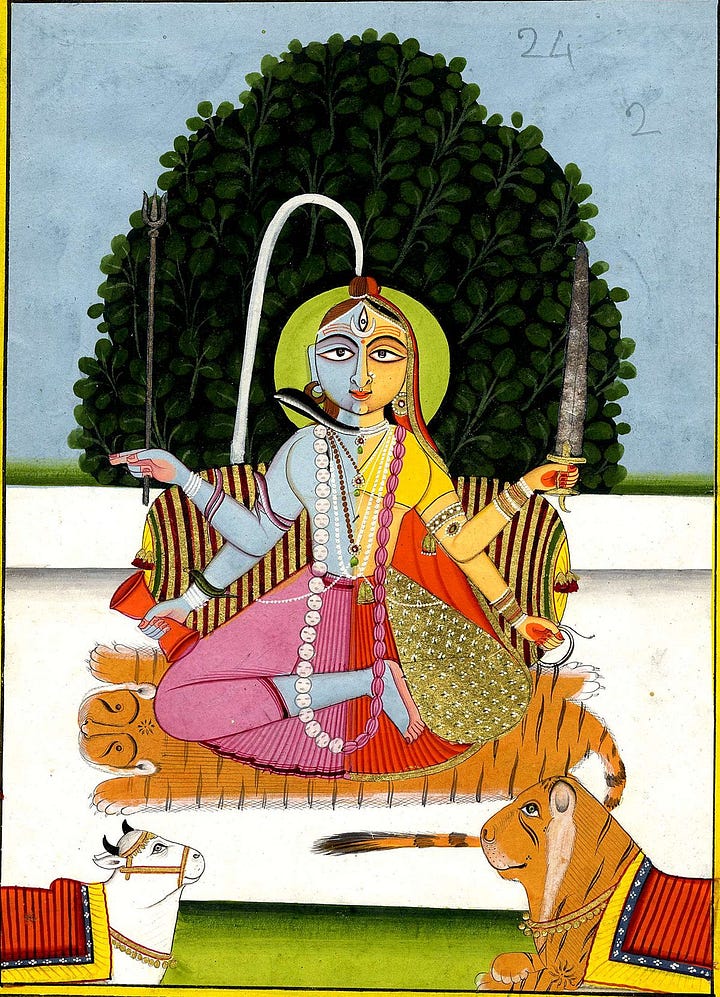

On paper, you see these divisions. But their real presence is more complicated.
I don’t think I can top Wikipedia’s succinct description:
"Ardhanarishvara represents the synthesis of masculine (Purusha) and feminine (Prakriti) energies of the universe and illustrates how Shakti, the female principle of God, is inseparable from (or the same as, according to some interpretations) Shiva, the male principle of God, and vice versa."
Note: “shakti” – “the female principle of God” – also means strength, energy, effort. In Gujarati, mehnat.
Here in America, male ass-clowns and the women who submit have taken over the US, slapping down divisions that are dangerous and foolish. It’s a great time to learn about and bring within Ardhanari.
Why have trans people been so effectively scapegoated? Perhaps they remind us of truths hidden deep within ourselves, realities that would disrupt everything we’re familiar with if we confronted them.
What confronting these inner truths looks like for me, at this moment in time: I’m reflecting on masculine qualities within me, and how they got there. Some of it is girl power, yes. But I admit here, some it is also from conversations with various men over the course of my life. I’ve learned lessons about taking risks, taking up space, asking for forgiveness rather than permission, asking once and asking again, prioritizing what I think is most important over being liked. I’m working on celebrating these masculine energies within me, not hiding or feeling shame about them. And I’m asking as I type, why do I associate these qualities with the masculine?
Living in Brooklyn for the past eight years, I get the impression that my white peers think they’ve invented the gender nonbinary. In fact, there are and have been people and people-representations, often divine, in cultures around the world since ancient times.
Ardhanari has existed since ancient times, and they’re still with us now.
What kind of foods would they like to eat?
I think foods that move happily between a culinary binary: sweet and savory.
Cinnamon. Chocolate. Pomegranates. Pineapples. Mint. Walnuts. Basil. Lots – now that I’m thinking about it, perhaps most, if we make the effort.
Here’s my experiment in creating foods that mirror the duality of Ardhanari, using the all-star destroyers of the sweet-savory binary: lemon and ginger.
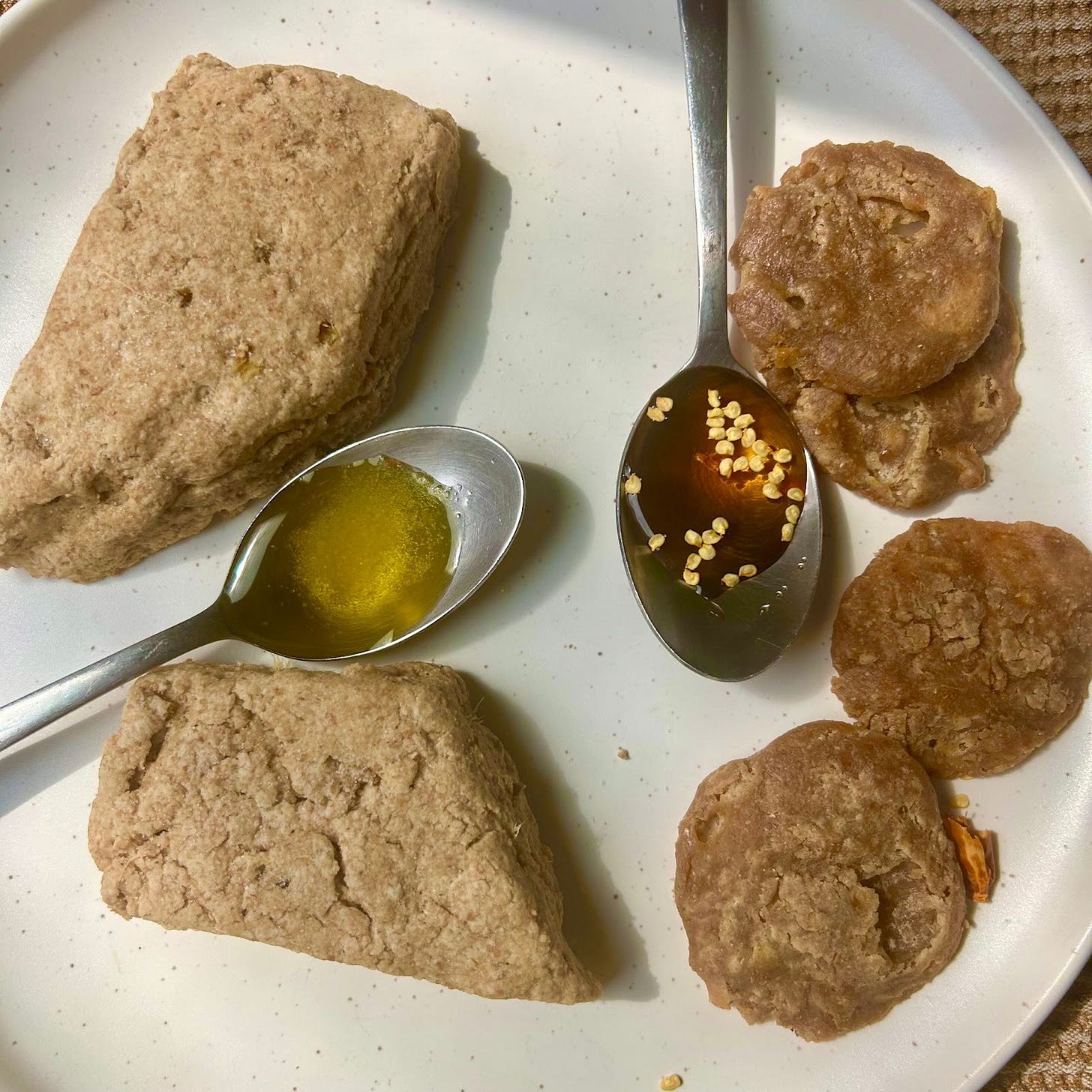
Lemon-ginger scones made with caramelized ginger, and lemon-ginger biscuits with roasted ginger. Pair one with coffee, the other with soup. If you pair the sweet one with soup, I won’t tell. Or pair either with bubbly!
For the scones, I used a recipe for sorghum ginger scones from Mother Grains: Recipes for the Grain Revolution. Many of you are probably familiar with her/have this book. But in case you’re not and you enjoy baking, I highly recommend it. Roxanna bakes using diverse grains — “barley, buckwheat, corn, oats, rice, rye, sorghum, and wheat [that] will unlock flavors and textures as vast as the historic lineages of these ancient crops.”
What I enjoy about Roxana’s work is her choice to focus not on the environmental benefits of diverse grains (though she does discuss these benefits too), but rather the sensory pleasures that bringing back diverse grains to our diets can offer.
For the savory version: Sooo the lesson I learned in this creative journey is that sugar not only makes baked goods sweet. It does much more, such as adding moisture and helping to raise dough. It was a fun experiment though – eliminating sugar helped me appreciate its magical properties, especially at a time when we vilify it.
(Sugar, of course, can be villainous. Much like white flour, it’s incredibly useful and pleasurable, but it’s worthwhile for our bodies and the planet to explore other options. I have a “beyond white sugar” newsletter in the works!)
I was hoping to get look alike scones, one sweet, one savory. But the biscuits were a good alternative. They might do well in India and the UK, where there’s a culture of having savory biscuits with tea. I’m going to have them with dal tonight!
Newsfeed
Here’s an open letter from American farmers and ranchers calling for federal support of diversification of agricultural production. While I don’t believe USDA Secretary Brooke Rollins would have any idea what the hell they’re talking about, for most people it’s a simple, clear case for just that — agricultural diversification.
War on Weeds, Noema Magazine. “From the tar barrel, this so-called elixir of life, chemists also sought the makings of suffering. Chemicals known to kill humans held clues to killing plants and animals, and chemicals that killed plants and animals held clues to killing people.”
“Funazushi: The fermented predecessor of modern sushi,” BBC. A fun read.
Li’l Nub
Writing this newsletter made me think of the movie Eat Drink Man Woman, which was gorgeous.



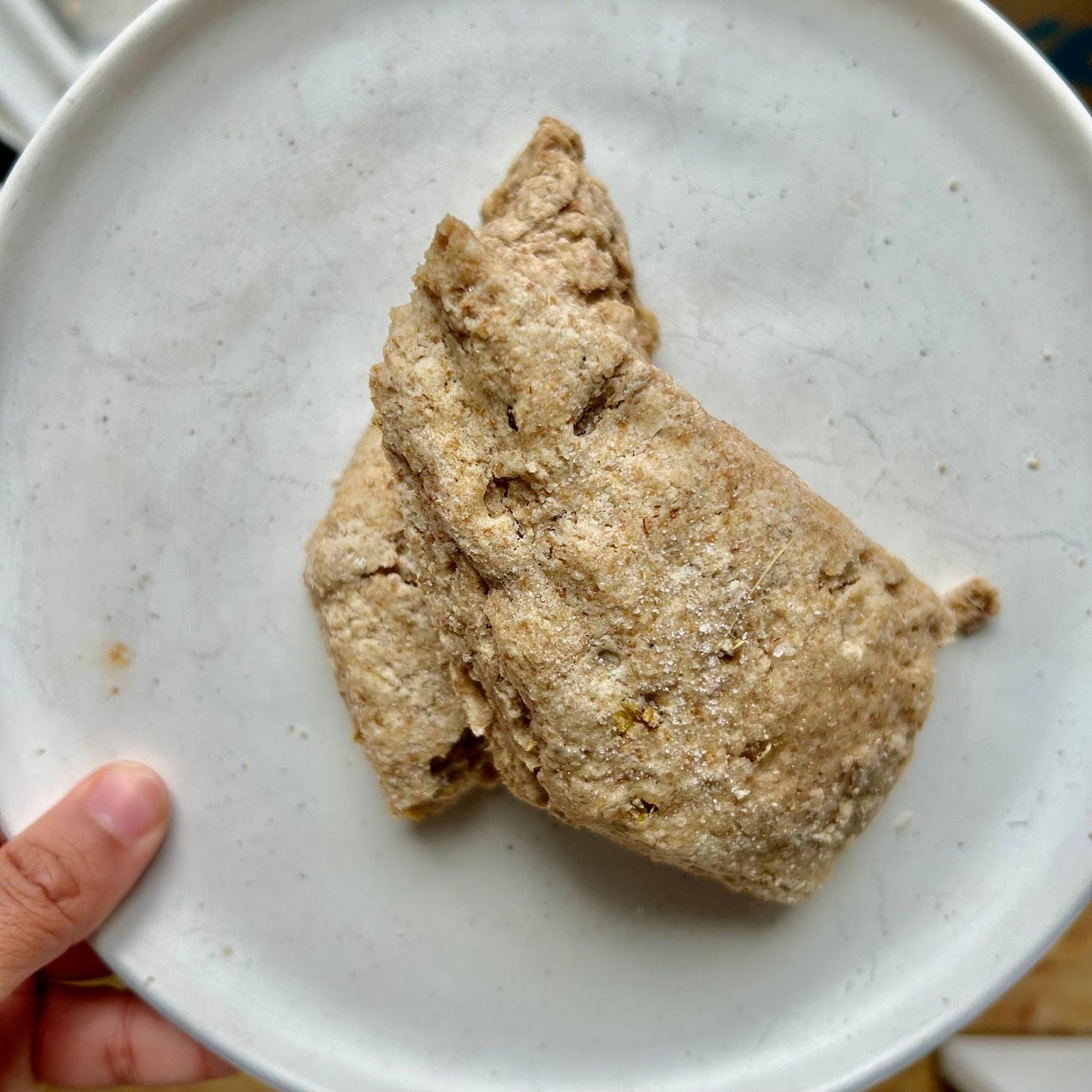
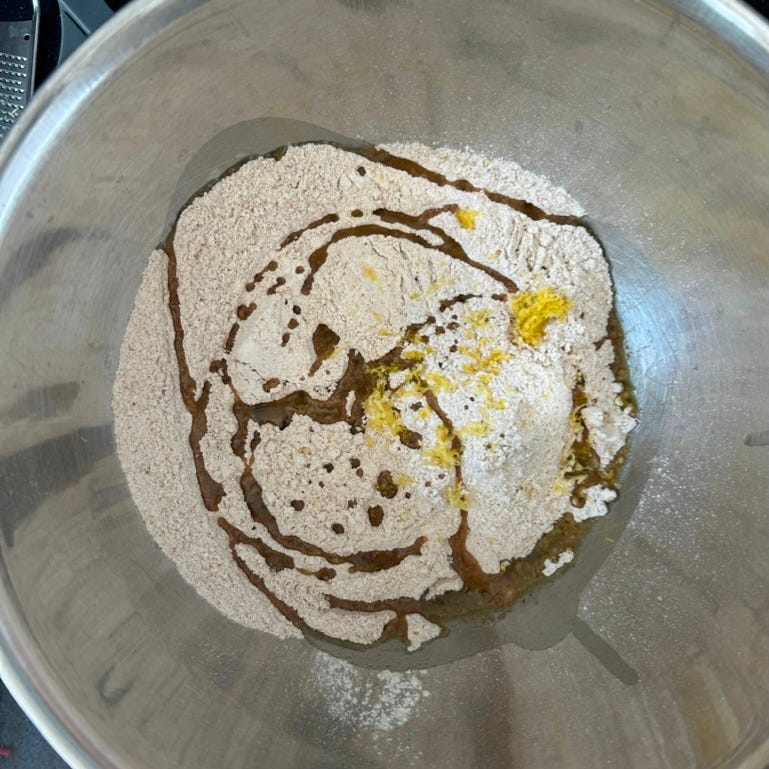


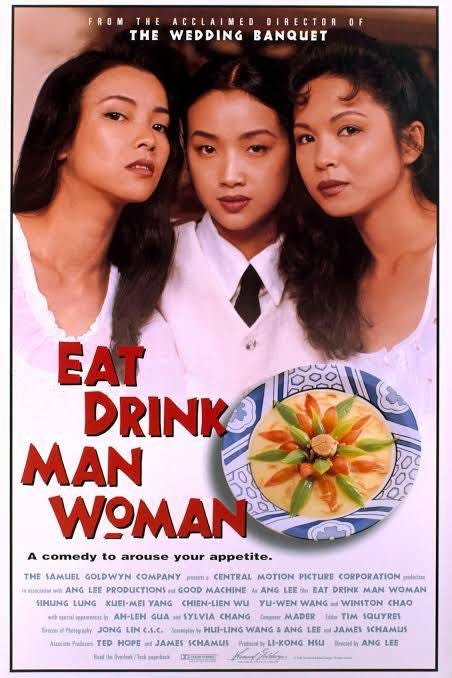
I love the creative way you weave together important political/societal
issues, with a discussion of climate smart food. Always learn something new! Thanks for sharing your creativity.
I really enjoy your writing, Shreema. It makes me smile, makes me think, and I always learn something new. Thanks for that.